Eva's survival against the odds
People
Since 2014, Adelaide’s Catholic and Jewish communities have come together to honour the victims and survivors of the Holocaust at the Remembrance of the Shoah service. Jenny Brinkworth spoke to one of these survivors, Eva Temple, about the incredible series of events that took her from Bergen-Belsen concentration camp to the foothills of Adelaide.
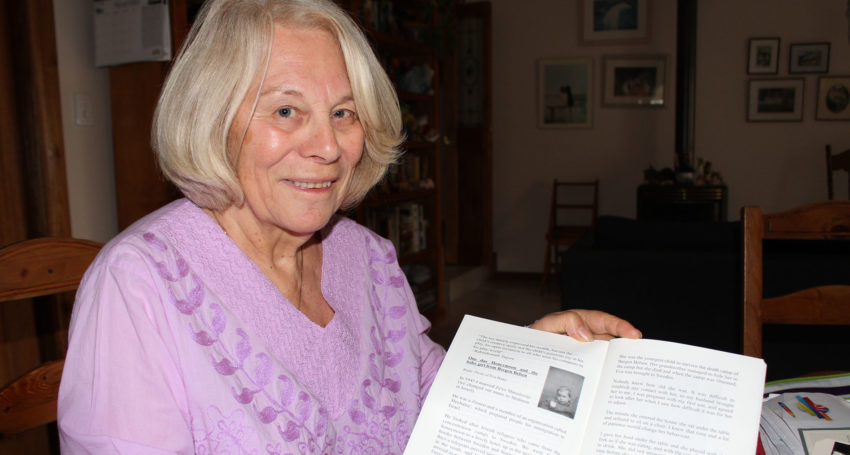
Mother and father smile as they pose for a photo with their four-month-old baby daughter, Eva Bader. It’s the type of ‘proud parents’ photo that has been taken millions of times the world over since the invention of the camera.
But the smiling faces of this civil engineer and his school teacher wife belie the fears they hold for their precious baby. The photo was taken in 1944 in German-occupied Bratislava (the capital of what is now Slovakia) and the Bader family are Jewish.
Advertisement
Despite their attempts to hide from the Nazis, within a few months of this photo being taken both parents were sent to concentration camps and never returned.
Eva – who was baptised in a seemingly futile bid to save her life – remained with her paternal grandmother in a secret room but the Nazis returned and they were taken to Bergen-Belsen concentration camp.
Somehow, Mrs Bader managed to keep her granddaughter alive, despite the terrible conditions and lack of food.
When the British liberated Bergen-Belsen, the women and children were moved from their rat and disease-infested camp to the German quarters. But it was too late for Eva’s grandmother who died a few weeks after liberation. A Polish woman who had befriended Mrs Bader alerted a Red Cross nurse to the malnourished baby with no family. She told the nurse the baby’s name and where she came from.
That little bit of information ultimately led to Eva becoming one of Australia’s youngest Holocaust survivors.
Now 73, the mother of two grown-up sons and grandmother of five-year-old Hannah spends much of her spare time telling what she calls her “unbelievable” story to students and community groups, together with artist and fellow Holocaust survivor Andrew Steiner OAM.
Not that she always knew the full story; it took her many years to piece together the details of her early life.
Advertisement
When the Red Cross found Eva, she was 16 months old but she was the size of a three-month-old baby and very sick.
“The Polish woman told the Red Cross that my grandmother had sons in England,” Eva said.
“Through the efforts of the Red Cross and this compassionate nurse, my uncle was contacted.”
In the meantime, Eva was sent to Sweden as part of a ‘Children’s Rescue Transport’ program and the authorities planned to put her in a home for retarded children because she was so backward in her development. However a Jewish refugee worker and his wife took Eva into their home and realised that her behaviour, which included cowering under the table for hours, was as a result of her time in hiding.
“I was a bit of a mess,” said Eva “but Esther felt I wasn’t retarded”. Esther later wrote a book in Hebrew about her life and she mentioned her time with Eva. I let her sit under the table and gave her food there…It took time until she got used to our home and she finally was convinced that nothing bad would be done to her.
In one of the many twists to Eva’s story, Esther and Eva were reunited in Israel a few years ago after the book was translated into English by Esther’s daughter, who subsequently got in touch with Eva through the internet.
Related Story
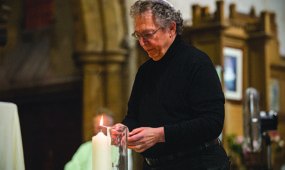 Opinion
Opinion
Dark stories light the way
A story in a 1946 edition of a Swedish newspaper titled The youngest child from Belsen flies to England – she was found beside her dying grandmother also spoke of Eva’s miraculous survival and included a photograph of her about to go to England to live with her uncle who had been located by the Red Cross.
Eva was about 10 when she found out she was adopted and it dawned on her that she had been treated differently. “I was not mistreated or anything like that, but I was treated slightly differently.”
At the age of 20, after breaking up with her boyfriend, Eva came to Australia as a 10 pound Pom and lived for two years with her cousin John Sulan (now a retired Supreme Court judge) who had come to Australia at the age of three with his parents. His mother was the sister of Eva’s mother’s and had survived internment.
Over the years, Eva has researched her family history with the help of Jewish institutions and gathered numerous documents, including her parents’ passports, her father’s school report card, letters and photos. While she is almost certain her father died in Dachau, she has never found out what happened to her mother.
“Apparently I was a very much-wanted baby, but of course I never got to know my parents,” she said.
Mr Steiner, who participated in the Remembrance of the Shoah service, said Eva was a “rare, beautiful person”. “She is kind, brave, resilient, defiant and optimistic in spite of everything.”
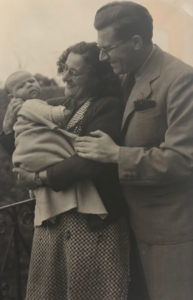
Eva being held by her parents before they were taken by the Nazis.
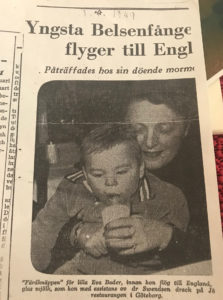
A Swedish newspaper article about the orphaned child.



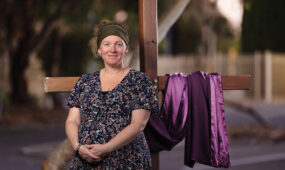
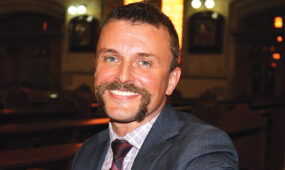
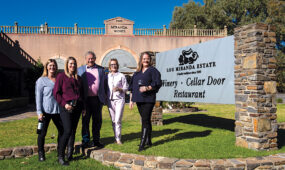
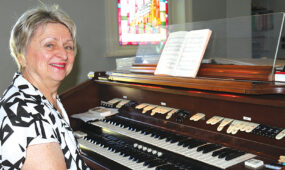

Comments
Show comments Hide comments